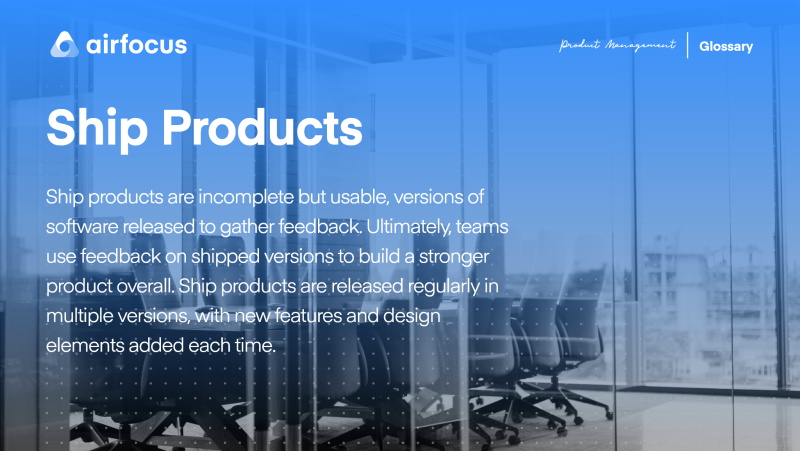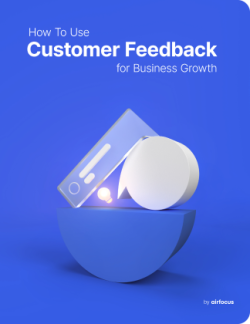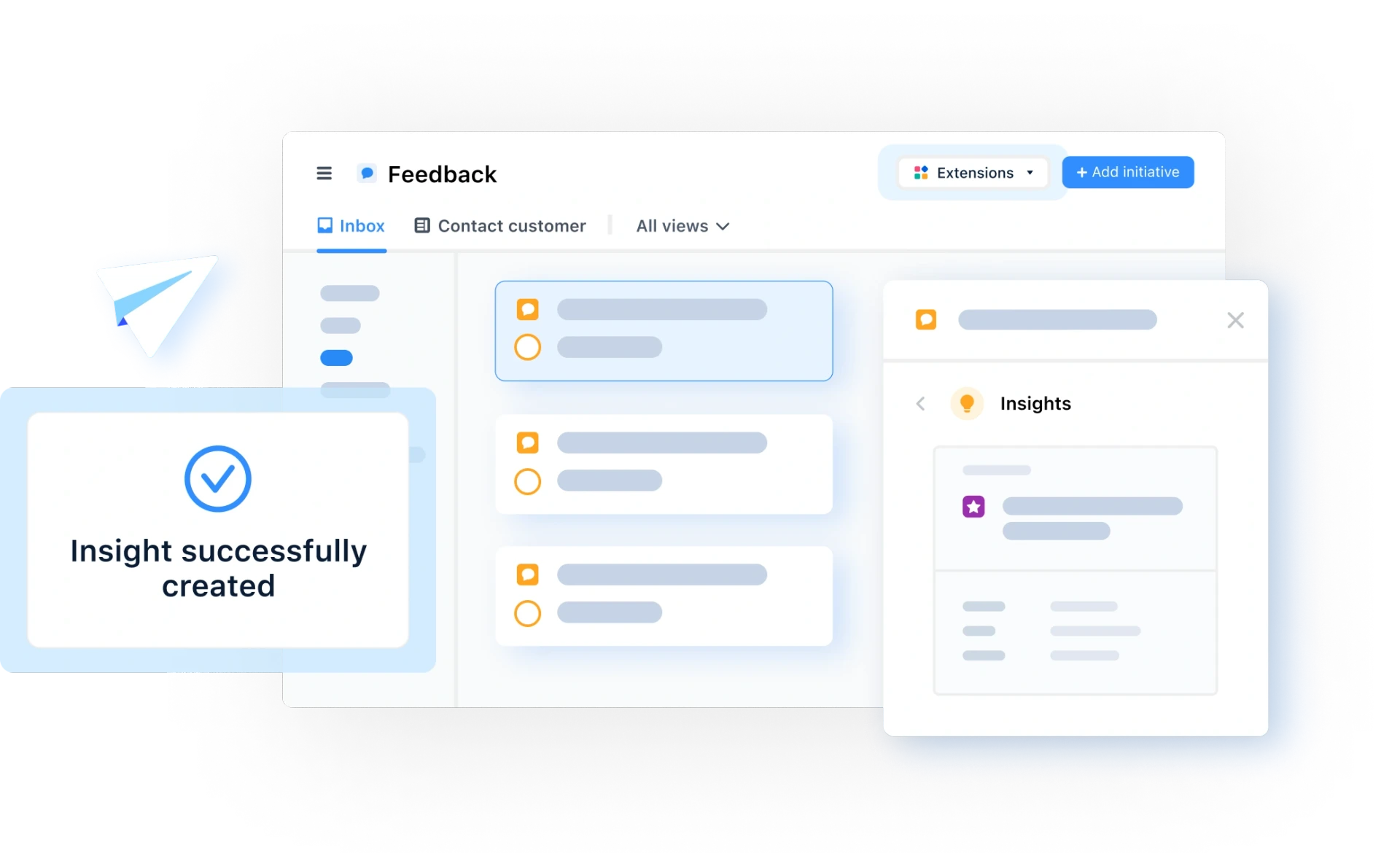Ship Products
What are Ship Products
Definition of Ship Products
Ship products are incomplete but usable, versions of software released to gather feedback. Ultimately, teams use feedback on shipped versions to build a stronger product overall. Ship products are released regularly in multiple versions, with new features and design elements added each time.
This is part of an iterative workflow, in which teams create a basic version of a product, test it, and make changes to enhance it. Multiple iterations will be required to achieve practical insights and refine features. This approach favors ongoing improvement rather than working straight through and releasing a complete package without actionable feedback.
What are the challenges and benefits of ship products?
It’s essential for shipped products to hit the sweet-spot between basic and engaging.
The “shipped” product may be bare-bones, but it must be capable of performing fundamental functions. Releasing ship products that lack implicit features may mean initial feedback is overwhelmingly negative, with little constructive insight.
When done right, though, shipped products will lead to valuable iterations and an increasingly desirable product that aligns with user goals and outcomes. Feedback may also come from external (non-competing) designers and developers who recognize opportunities that users don’t.
For example, customers may not be able to articulate why they find a tool difficult to navigate, but an expert could. More and more people may be involved in testing as the product continues to grow.

General FAQ

Glossary categories
All product feedback in one place

Experience the new way of doing product management







